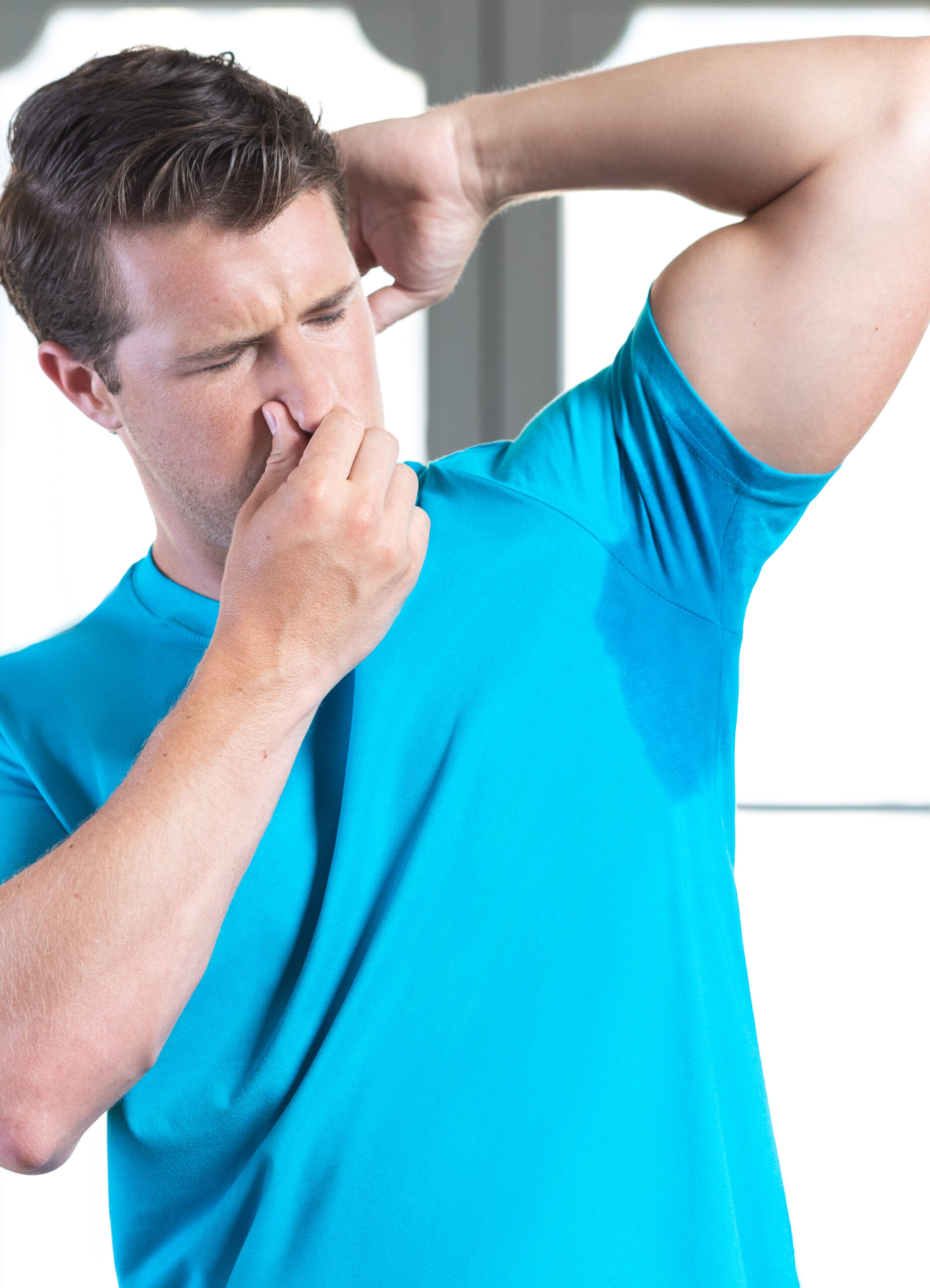Hyperhidrosis is a medical condition characterized by excessive sweating that exceeds the body’s normal temperature-regulating capacity. It can significantly impact daily life, causing discomfort for many individuals. If you are experiencing symptoms of hyperhidrosis, understanding the condition and its treatment options can help you talk to your doctor.
What Is Hyperhidrosis?
Hyperhidrosis is characterized by excessive sweating that is not related to exercise, temperature, or situational factors. This condition can occur in specific areas, such as the hands, feet, underarms, or face, or may affect the entire body. While it is not life-threatening, hyperhidrosis can interfere with daily activities, including writing, holding objects, or maintaining personal hygiene.
Primary hyperhidrosis and secondary hyperhidrosis are the two main categories. Primary hyperhidrosis typically begins during adolescence and is not caused by another underlying medical condition. Secondary hyperhidrosis occurs as a result of another underlying condition or medication and can start at any age.
What Causes It?
The exact cause of primary hyperhidrosis remains unclear. It is linked to overactive sweat glands that are triggered by the nerves controlling sweat production. This overactivity is often hereditary.
Secondary hyperhidrosis has a variety of potential causes. It may result from medical conditions such as diabetes, thyroid disorders, obesity, or hormonal changes, including menopause. Certain medications, such as antidepressants or treatments for neurological conditions, may also lead to excessive sweating as a side effect.
What Are the Symptoms?
The primary symptom of this condition is excessive sweating, which can occur in specific areas or across the entire body. Commonly affected regions include the palms, soles, underarms, and face. This sweating may happen even when the person is not physically active.
Additional secondary symptoms can occur if the sweating interferes with daily activities. These may include discomfort or difficulty gripping objects, frequent need for clothing changes, or visible sweat stains. Individuals with hyperhidrosis may also experience skin issues, such as fungal or bacterial infections, due to prolonged exposure to moisture.
What Are the Treatment Options?
Hyperhidrosis treatments aim to manage or reduce sweating. Several approaches are available, depending on the severity of the condition and its impact on daily life. Treatments include:
Prescription-Strength Antiperspirants
Patients with mild hyperhidrosis may find relief from prescription-strength antiperspirants. These products contain higher concentrations of active ingredients, such as aluminum chloride. This helps block sweat production in targeted areas, such as the underarms, hands, or feet.
Topical Medications
Topical medications are applied directly to the affected regions, often at night, when sweat production is minimal. These treatments include anticholinergic drugs, which work by blocking the activation of sweat glands. This option may be recommended for individuals with focal hyperhidrosis.
BOTOX® Injections
For individuals who do not respond to topical medications or antiperspirants, BOTOX® injections may be an effective option. BOTOX® temporarily inhibits the nerve signals that activate sweat glands, reducing sweat production for several months. This treatment is administered in the affected areas.
Talk to Your Doctor Today
Speaking with a doctor is the most effective way to manage hyperhidrosis. A physician can provide a proper diagnosis and rule out underlying medical conditions contributing to the symptoms. They can also guide you through the variety of available treatments, tailoring a plan that suits your specific needs.
Hyperhidrosis is a manageable condition. By understanding the symptoms, potential causes, and possible treatments, you are better equipped to discuss your condition with a healthcare provider. Take the first step toward managing your symptoms by scheduling an appointment today.

